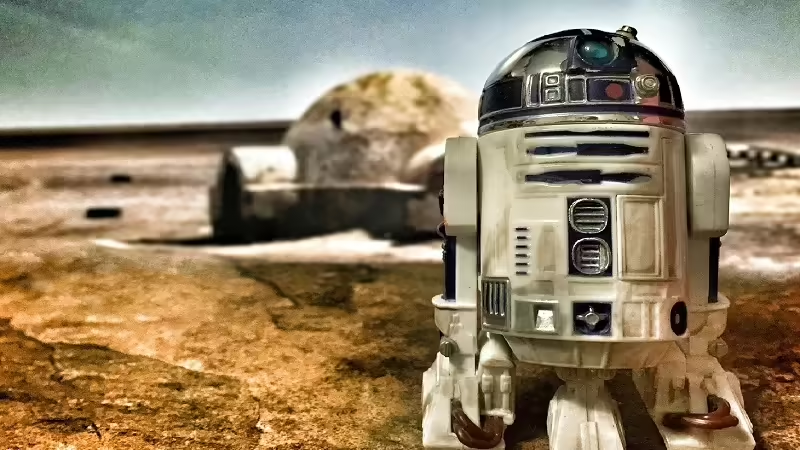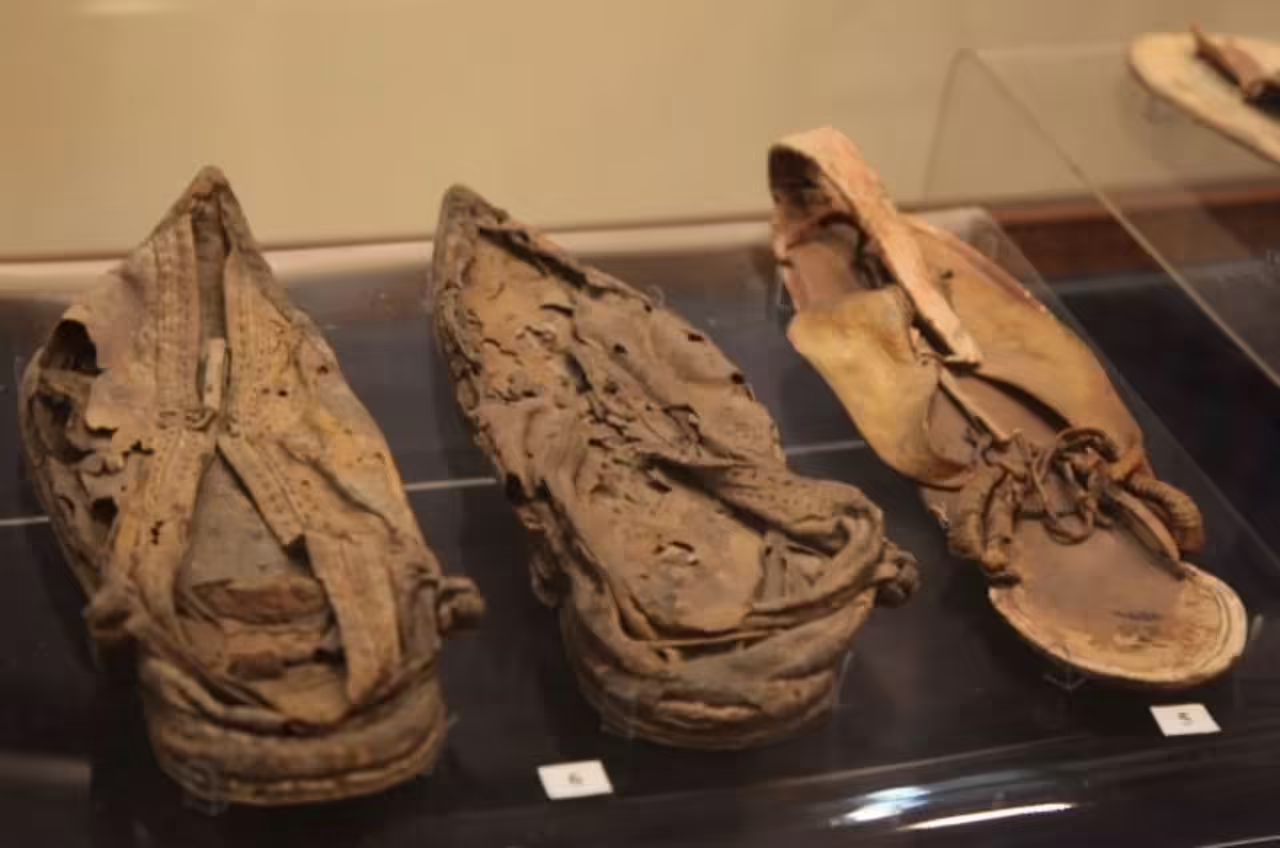
All human beings, on average, consume about three liters of water every day, with minor variations by gender and age-, the fluid being ingested throughout most of his life. This statement should not be a surprise. Water is, undoubtedly, the most important for the human race fluid: the main vital functions depend on this liquid; and more than 50% of the body is water.
The main source of water for humans is tap
With such high dependence water quality we eat influences should be assessed in detail. The water intake can result in lower quality long-term illnesses or poorer functioning of our bodies, so we must pay the greatest possible attention.
Currently we are several ways to access this liquid gold, but it is tap water the most common and, at the same time, the most questioned. Therefore, various bodies such as the OCU are responsible for periodically evaluating the quality of tap water in different regions of the peninsula, revealing some interesting details.
What are the cities with better water quality?
Pingpao – Shutterstock
According to the report developed by the Organization of Consumers and Users, the highest quality water we can find in Burgos, in San Sebastián and Las Palmas.
-
Burgos. This is a water with few minerals, very low levels lime (soft water) and any other contaminants.
-
San Sebastian. is a very light water mineralization. Excellent hygiene and pollution parameters.
-
Las Palmas. Despite being a something island, by inertia, would lead us to think Low water quality- is in the top Three.
The cities with the worst water quality
Of the 62 samples collected by this organization are seven cities that stand out for quality rather low water:
-
Lebanza. In this locality and recent indications of fecal contamination were found, along with potentially pathogenic strains. A very poor quality.
-
Royal City. A fairly high level of trihalomethanes was detected (near the limit of 100mcg / l). These substances result from the combination of chlorine with organic matter in the water during purification. If the limit is exceeded, the water is no longer fit for human consumption.
-
Palma de Mallorca. is a very hard water highly mineralized, which results in a bad taste. It was detected 26mg / liter of nitrates, a figure slightly higher than that recommended by the World Health Organization. This, in the stomach of children, can cause serious problems.
-
Arándiga. a very high number aerobic and coliform organisms was found, which reveals poor hygiene and the possible presence of bacteria harmful to health.
-
Barcelona, Huelva and Logroño. a high presence of aerobic microorganisms was found. This reveals a bad disinfection, as in the case of Arándiga.
What about the rest?
Usually, tap water in Spain is good quality. In the other examined cities, all levels were within the limits recommended by WHO. Yes, there are specific cases, such as those mentioned above, in which the relevant regulators should intervene urgently to achieve an imminent improvement and thus avoid possible damage to the population in the future.
Hypertext







